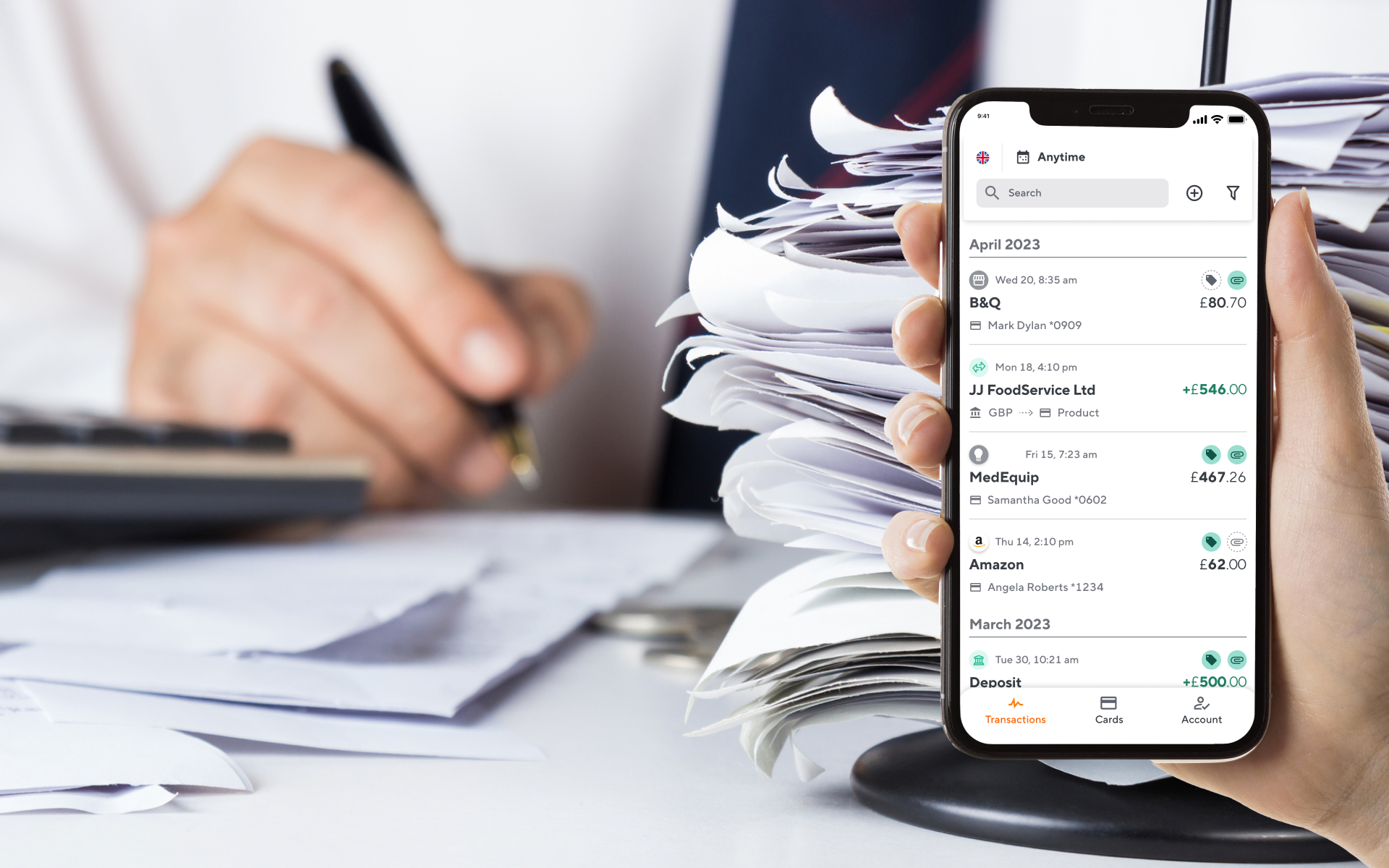With the new VAT penalties regime introduced from January this year (see previous post), submitting accurate and timely VAT returns has become more important than ever.
As a finance leader, you’re unlikely to be preparing VAT returns from scratch for your businesses. Indeed, you may not have had the experience of doing so yourself.
You’ll either assign team members to prepare them on your behalf or outsource their completion to a third-party accounting firm. While you won’t be doing the legwork yourself, you’ll still need to vouch for their accuracy to avoid potential fines and lost time from associated admin work.
Follow our tips below for checks and balances to keep you on the right side of HMRC.
Ensure software is up to date for late claims to be included
In an ideal world, you’ll receive all purchase invoices on time for their inclusion in quarterly VAT returns. The reality, as you’ll know, is often different.
For example, let’s assume you have a December VAT quarter. You might only receive a late processed purchase invoice dated December in February. In this example, it would be possible to include this as a late claim within the next VAT submission for March. However, to do so, your team will need to turn on the late claims option in accounting software to pick up these transactions.
Failure to do so will result in less efficient use of resources due to businesses either paying too much in VAT or not maximising cash refunds from HMRC if they are in a VAT receivable position.
Reconcile your VAT return
Reconciling your VAT return is a crucial check to ensure data is accurate in accounting software and returns.
Neglecting this activity can result in inaccurate returns being submitted. That means hours spent unpicking entries related to accurately filed returns that have been entered incorrectly in accounting software.
Most software vendors should be able to run reconciliation reports automatically. But you’ll still need to vouch for the output on HMRC submissions. In simple terms, the net output and input total of your sales and purchases and the VAT input and output totals should match the values on your VAT return.
Eyeball the underlying data
Take a few minutes to review the underlying data to ensure transactions have been classified correctly. Most accounting software lets you drill down into the individual transactions behind each box in VAT returns.
- Export this into a spreadsheet.
- Highlight related transactions and get team members to provide supporting invoices for purchase and sales invoices that are unusually large.
- If you’re a UK business, ensure services procured from overseas suppliers in Europe are classified as reverse charge transactions (these transactions are reflected in both the input and output VAT sections on returns, cancelling each other out but giving visibility to the authorities).
Set up payment via Direct Debit
Set up your HMRC VAT liabilities to be taken by Direct Debit. This ensures cash is taken automatically, removing the possibility of you missing payments.
The new penalties regime means timely payment is more important than ever.
- If you’re setting up a Direct Debit for the first time, allow three working days before the initial transaction takes place.
- VAT returns and payments are due one calendar month and seven days after the period end. Therefore, if you’re setting up payment by Direct Debit for your March return, the submission and payment will be due by 7 May.
- Don’t leave the payment setup later than Tuesday, 2 May.
Lock the prior period after submission
It’s easy for employees to be fat-fingered and enter purchase VAT invoices with an earlier month.
This results in inaccurate VAT returns due to transactions being entered in the wrong period. Which can be messy and time-consuming to rectify. To eliminate this risk, lock accounting software after submitting returns so only VAT transactions for the current live period can be inputted.
When you need to enter invoices for late claims, team members can unlock the prior period to enter the relevant transactions and lock it again once they have done so.
Document checks and balances for VAT returns internally
Now you’ve got a list of essential checks and balances for reviewing and submitting VAT returns, they should be documented internally. Make this list accessible to the broader finance team.
This lets you delegate some of these tasks to other team members and ensure this knowledge will remain in the company if you or other finance employees leave. Update the document once a year and it may also be helpful to present to auditors.
Visit our blog for more articles like this one or subscribe to get them direct to your inbox. Find the right Soldo plan for your business here.











